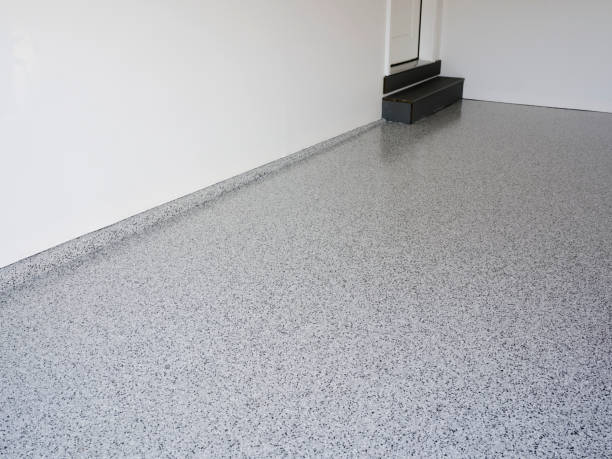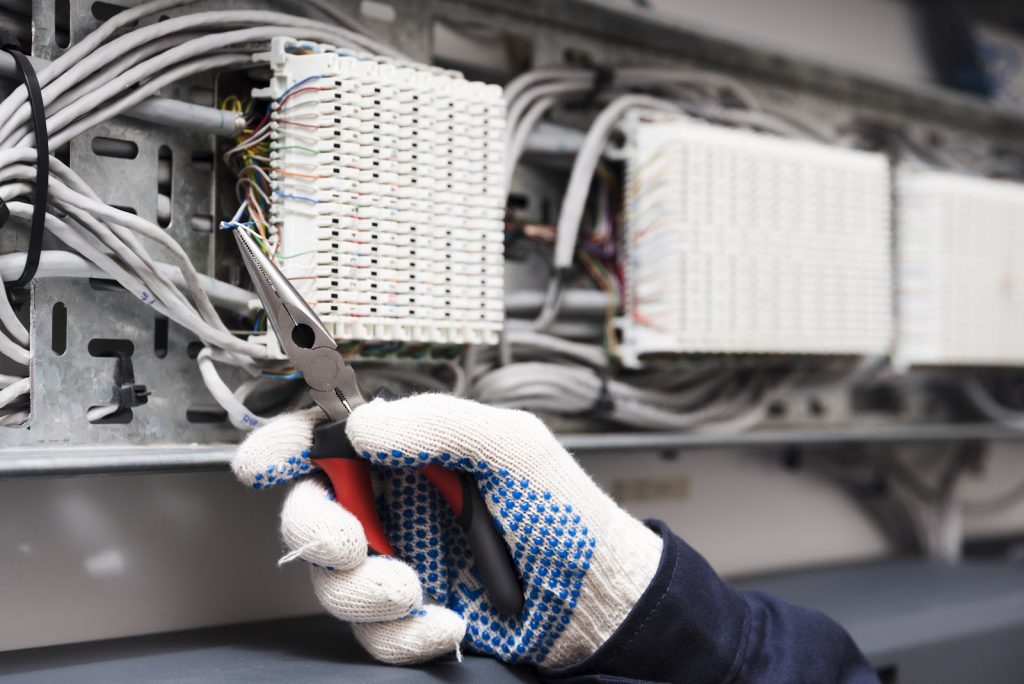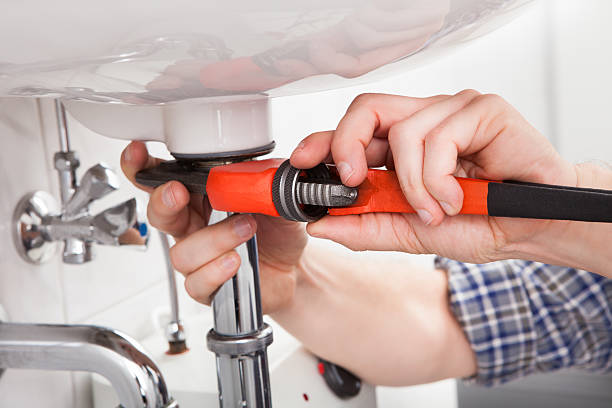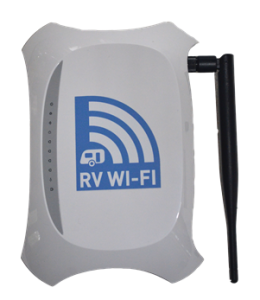Working with custom home builders is an exciting endeavor that can help you turn your dream house into a tangible, breathtaking reality. By defining your vision, choosing the right location, prioritizing energy efficiency, paying attention to details, and staying involved throughout the process, you can create a one-of-a-kind living space that encapsulates your personal style and lifestyle needs.

Designing the Space
Designing and building your dream home is a significant undertaking that requires careful planning. To ensure the best results, it’s important to work with custom home builders who have a strong understanding of your needs and goals. By defining your vision, selecting the right location, prioritizing energy efficiency, paying attention to details, and staying involved throughout the process, you can create a living space that perfectly reflects your style and meets your specific needs.
Working with local custom home builders like Indianic Homes not only grants access to fresh ideas and new trends but also facilitates the creation of a truly personalized space, blending traditional and modern elements seamlessly.
When designing the space, be sure to consider scale and proportions. This refers to the size of furniture, fixtures, and other elements in relation to the overall size of the room. By designing rooms with the right proportions, you can achieve balance and harmony in your new space.
Also, be sure to incorporate versatile spaces that can accommodate future needs. This includes a flexible home office or media room, as well as additional storage. This flexibility will make your home more functional and allow it to adapt to changing lifestyles over time. It’s also important to keep in mind that while the custom home building process can be challenging at times, it’s also an exciting and rewarding journey. By staying involved and communicating regularly with your builder, you can be confident that your dream home will come to life on time and on budget.
Choosing the Materials
Building a home is an exciting, challenging journey that can be filled with many different decisions. From determining the floor plan to choosing materials and finishes, there are numerous options to consider.
Custom homes provide you with the opportunity to choose premium materials that make your house stand out and reflect your personal style. When choosing building materials, it’s important to balance upfront cost and life expectancy. Purchasing cheaper materials can cost you more in the long run as they require frequent replacement.
For top-quality custom homes, choose builders in Dunsborough. They provide you with the opportunity to choose premium materials that make your house stand out and reflect your personal style. When selecting building materials, it’s crucial to balance upfront cost and life expectancy. Opting for cheaper materials may seem economical initially but can end up costing you more in the long run due to frequent replacements.
It’s also important to discuss with your builder what types of energy efficiency features you want in your home. Investing in high-efficiency appliances, windows and doors can help you save money on utility bills in the long run.
Finally, it’s essential to establish a realistic budget and stick with it throughout the build. Be open and honest with your builder about what you want to spend on certain aspects of the home and allow them to help you find ways to cut costs in other areas.
It’s helpful to work with a general contractor who is experienced in handling all of the details involved in building a custom home. They will be responsible for scheduling and coordinating all of the subcontractors, ordering building supplies and materials and securing the necessary permits. They will also ensure that all of the construction is done to your specifications and on schedule.

Getting Started
Building your dream home is a massive project. It can take a full year to complete and requires you to put on your project management hat. In order to make your construction process as smooth and stress-free as possible, it is essential to create a timeline for the entire project. This will help you keep track of all the important milestones, such as when you need to sell your current home, move into your new one, and when your interior designer can begin furnishing your property.
Another crucial step is assembling your team. This includes the Builder, Architect, Designer, and sub-contractors. You should choose your team carefully and schedule meetings with each of them to get a feel for their work styles. Ask for recommendations from friends and family members who have built homes before and speak to them about their experiences working with each of these professionals.
Once you have selected your team, it’s time to get started designing your custom home. Your Architect will draw up the initial blueprints for your project and then provide them to your Builder. The Builder will then use the plans to do 3D Renderings and a Design Presentation so you can see what your home will look like once it’s finished. This is also a good opportunity for you to finalize your selections and make any changes you need to before asking your Builder for a quote.
Finalizing the Details
Building a custom home is an exciting project that can transform your life. However, it requires a lot of work to bring your vision to life. Working with the right builder can help make the process go smoothly and ensure that your one-of-a-kind home is exactly what you envisioned.
The first step is to create a list of your must-have features and any additional items that you would like to include. This will help your builder understand what you want to accomplish and can save time and money. You should also include a timeframe for the completion of your dream home. The builder can then use this information to create a realistic quote for the project.
Once your design is finalized, the builder will turn it into practical blueprints. They will fine-tune each detail to ensure that it aligns with your vision and complies with industry standards. They will also oversee the construction process to make sure that everything is on track and that your dream home is being built as intended.
The next step is to choose the materials for your dream home. The builder can help you select from a wide variety of premium materials, such as hardwood floors, granite countertops, and custom cabinets. These selections will allow you to create a home that is both beautiful and functional.…















 A driveway is a functional part of your property that not only provides you with safe and easy access to your home, but it also adds to the aesthetic appeal of your entire home. It is one of the first things your friends and family notice about your home, so it’s important to make sure it looks great. A concrete driveway in Melbourne is a stylish, practical, and durable solution that can increase the value of your home.
A driveway is a functional part of your property that not only provides you with safe and easy access to your home, but it also adds to the aesthetic appeal of your entire home. It is one of the first things your friends and family notice about your home, so it’s important to make sure it looks great. A concrete driveway in Melbourne is a stylish, practical, and durable solution that can increase the value of your home.


 When it comes to keeping your home dry, it is best to use water resistant insulation. Whether you live in a humid climate or one that is prone to hurricanes, water-resistant insulation can help.
When it comes to keeping your home dry, it is best to use water resistant insulation. Whether you live in a humid climate or one that is prone to hurricanes, water-resistant insulation can help.


 t is possible to not see the need for door locks upgrades when you move in to a new home.
t is possible to not see the need for door locks upgrades when you move in to a new home.





 whether it is your car, your home or your business.
whether it is your car, your home or your business.




 Internet connectivity is the technology of choice to remain in touch with family and friends, stream movies, listen to music and conduct banking. The routers and software available at RV Wi-Fi have been specifically developed for members of the Australian recreational vehicle community. The firm’s routers utilize Telstra 3G and 4G coverage to a phone hotspot or mobile device and individuals only pay for the time they use the caravan.
Internet connectivity is the technology of choice to remain in touch with family and friends, stream movies, listen to music and conduct banking. The routers and software available at RV Wi-Fi have been specifically developed for members of the Australian recreational vehicle community. The firm’s routers utilize Telstra 3G and 4G coverage to a phone hotspot or mobile device and individuals only pay for the time they use the caravan. The first step in preparing a bed for moving is to wrap it in a mattress bag. Cover the entire frame and place the mattress on top. Next, disassemble the frame, putting the drawers and bed itself aside. Once the frame is packed, it should be placed in a zip-top bag, while the bedding should be placed on top. Then, cover the mattress with cardboard and duck tape it.
The first step in preparing a bed for moving is to wrap it in a mattress bag. Cover the entire frame and place the mattress on top. Next, disassemble the frame, putting the drawers and bed itself aside. Once the frame is packed, it should be placed in a zip-top bag, while the bedding should be placed on top. Then, cover the mattress with cardboard and duck tape it. When packing a bed, be sure to label all of its parts. Having a proper inventory will help you move a bed safely. If you aren’t sure, contact a local movers in Seattle, WA to help you with this process. Then, follow the steps in this moving guide to make your job easy. If you are not sure of any step, you can always hire a professional. This way, you won’t have to worry about damaging the bed.
When packing a bed, be sure to label all of its parts. Having a proper inventory will help you move a bed safely. If you aren’t sure, contact a local movers in Seattle, WA to help you with this process. Then, follow the steps in this moving guide to make your job easy. If you are not sure of any step, you can always hire a professional. This way, you won’t have to worry about damaging the bed.





